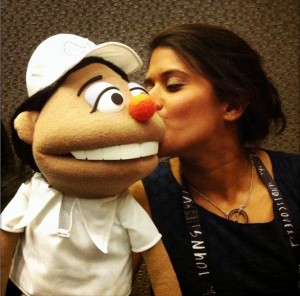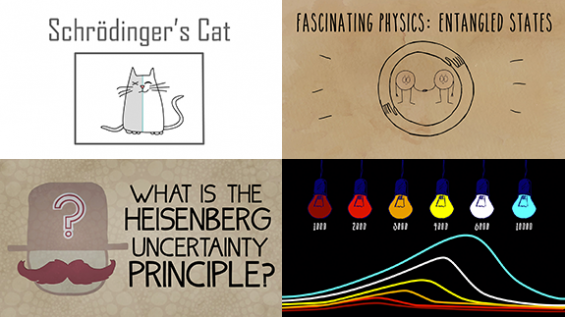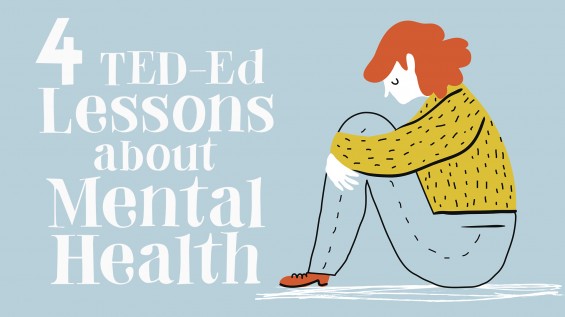
5 of our favorite TED-Ed Lessons written by #WomenInSTEM

Happy International Day of Women and Girls in Science! Around the world, there are many excellent role models — both male and female! — for students interested in science, technology, engineering and math. Here are 5 of our favorite TED-Ed Lessons written by women in science:
1. What’s below the tip of the iceberg?
It’s a well-known fact that the majority of an iceberg lies below the surface — but just as stealthily hidden are their fascinating qualities. Traveling the seas, teeming with life, and sometimes even making a noise called “bergie seltzer,” there’s so much more than meets the eye. Camille Seaman gives homage to these icy isles. Watch this TED-Ed Lesson below.
2. Why are blue whales so enormous?
Blue whales are the largest animals on the planet, but what helps them grow to the length of a basketball court? Asha de Vos explains why the size of krill make them the ideal food for the blue whale — it’s as if the blue whale was made to eat krill (and krill was made to be eaten by the blue whale). Watch this TED-Ed Lesson below.
3. The Arctic vs. the Antarctic
How can you tell the two poles apart? Where are the penguins? What about the bears? The Arctic pole is located in the Northern Hemisphere within the deep Arctic Ocean, while the Antarctic pole is smack in the middle of the ice-covered Antarctica. Camille Seaman describes how enterprising people and organisms have found ways to reside around both poles despite the frigid temperatures. Watch this TED-Ed Lesson below.
4. Light waves, visible and invisible
Each kind of light has a unique wavelength, but human eyes can only perceive a tiny slice of the full spectrum — the very narrow range from red to violet. Microwaves, radio waves, x-rays and more are hiding, invisible, just beyond our perception. Lucianne Walkowicz shows us the waves we can’t see. Watch this TED-Ed Lesson below.
5. The death of the universe
The shape, contents and future of the universe are all intricately related. We know that it’s mostly flat; we know that it’s made up of baryonic matter (like stars and planets), but mostly dark matter and dark energy; and we know that it’s expanding constantly, so that all stars will eventually burn out into a cold nothingness. Renée Hlozek expands on the beauty of this dark ending. Watch this TED-Ed Lesson below.
For more animated video playlists, sign up for the TED-Ed weekly newsletter >>




great job.
Thanks